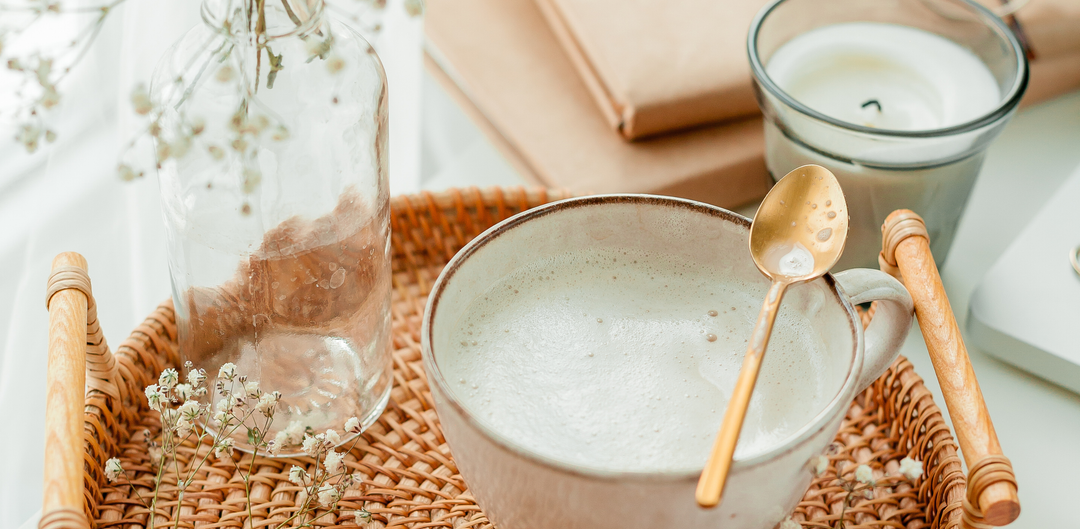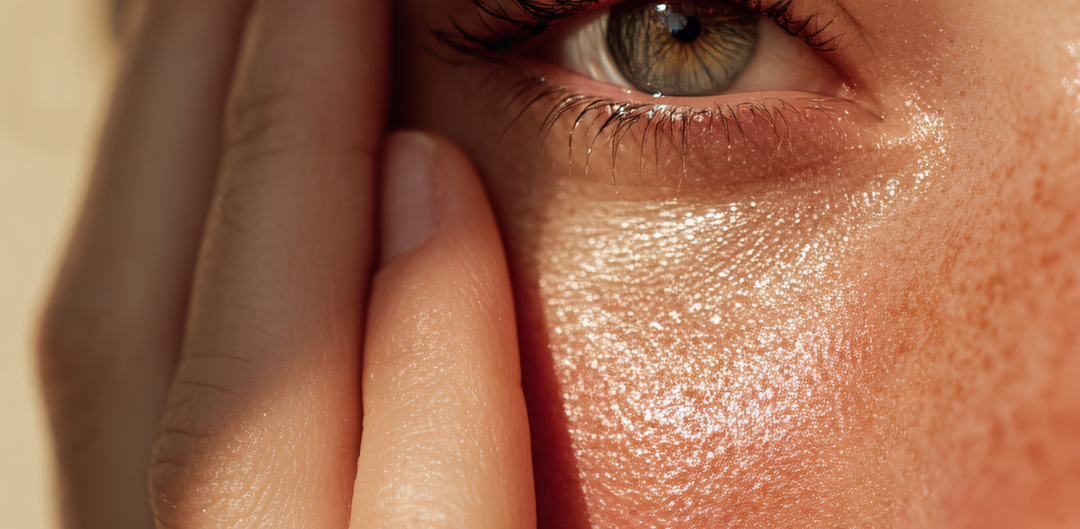Chapter Four - Eugenie
Written by Kirsty Harkness
I met Eugenie on my second week.
She was small for her age. Maybe eight, though at first glance you’d guess six. The wound was on the back of her neck, roughly the size of my palm. It didn’t look that dramatic. No limbs hanging off, no blood. Just a wound that refused to leave.
But it had been there for two years.
A tropical ulcer. Resistant. Persistent. Angry.
Her parents had brought her here to our larger village, which was a few weeks’ walk away from their rural village. To find her help. To find hope. They had tried everything. The local healers, the dispensary, the hospital clinic, even the Mkoba. But nothing they had tried had worked.
On this day, they arrived with Eugenie at the hospital, wrapped in fabric and silence. They hadn’t come this time to ask for help. They had come to say goodbye. The hospital was their last stop before taking her home. Which I knew was to die.
They weren’t cruel. They were exhausted. They had run out of solutions. They had other children. No money. No shelter. Staying in town had meant finding a way to survive in temporary shelters, eating once a day if they were lucky. They had done everything they could for two years. And still, the wound refused to heal.
But I met her that day. I had only been here for two weeks, what did I know about tropical ulcers? But something in me rose up. Something stubborn, something foolish, maybe. She was just a child. A tiny girl with big eyes and a wound that should have closed long ago. It was too small a thing to take a life.
Of all the people who left a mark on me in Zaire, Eugenie was the greatest.
I knelt beside her mother, my heart hammering.
“Give me three months,” I said. “Please. Just three. I think I can help.”
They stayed.
I made Eugenie my priority. Every day, I cleaned her wound, as gently as I could. The smell was overpowering at first. Rot, heat, damp dressings that hadn’t been changed in weeks. I started by trying everything I knew. We didn’t have much in the way of supplies, but we were sent expired sterile dressings from a hospital in Ireland, which never went to waste.
But nothing I tried worked for long. The wound would start to heal, then she’d scratch it open again, tiny fingernails tearing through dressings and fragile new skin like paper.
Then Seamus suggested I try a different way.
“We can try skin grafts,” he said. “We’ve done them before. Crude, but it might work.”
We didn’t have anaesthesia, intravenous or local, but we had ketamine. A powder we dissolved into an injectable solution that sent patients into a dream state. It wasn’t perfect. Sometimes they’d twitch, or moan, or come halfway out before we were done. But it was what we had.
I gave Eugenie the smallest dose of ketamine possible while her dad held her on his lap in a hug position, her back exposed to me. I didn’t want to knock her out. Just make her dopey enough not to feel pain or remember. Just enough to not be afraid of me next time. Her head rested on her dad’s shoulder in gentle slumber. He had his eyes closed as he held her. Wise choice. I’ve seen grown men faint at the sight of less.
I sterilised a small needle, then pricked the skin and pulled it up tight like lifting a splinter. My hands trembled as I readied the scalpel beneath the needle. Time to commit, I sliced. She didn’t flinch. Relief.
But then the tiny cut began to bleed more than I had expected. I hesitated. Was I making things worse? Opening more doors for infection to enter? But I had to try.
One by one, I lifted tiny slivers of skin from her shoulders. Each one shaped oval, just a few millimetres across in size. Bigger grafts would have been a higher risk of infection. So these had to be delicate.
I took them evenly from both sides of her shoulders, hoping that when they healed, they’d look like my version of tribal markings. Intentional. Beautiful. I pressed them gently onto the wound, spaced like seeds in soil.
And then, we waited.
Three days I left the dressing intact before I risked checking the site. Some grafts took. Some didn’t. Some were scratched off again. I cried the day she tore open the largest patch! A whole week of healing lost in one itchy moment. But I kept going.
My mind never left Eugenie. I ran endless solutions through my head. And slowly answers began to take shape. I found her healing sweet spot and got my rhythm.
Every two days was the answer! Disturbing it every day stalled healing, and on the third day, it would itch so bad that she would scratch all the healed tissue away.
So I changed her dressings every two days. No more, no less.
I washed the area with warm, pre-boiled salted water and patted it dry. I sang to her while I worked. She began to smile at me, just a little. I think she liked the songs. Or maybe she just liked being touched with care, and the constant routine of coming every two days after years of change.
I would eagerly return to the hospital on the weekends, ensuring I didn’t pass the magic two-day mark. Excitement welled up each time I got to open the dressing to see the progress.
Week after week, the granulating tissue graduated to healed skin millimetre by precious millimetre, creeping outward from each graft and inward from the edges. The raw centre closed. The grafts held. I learned how to keep the wound just dry enough not to itch, just moist enough not to dry the new granulating tissue. I became so skilled at the fortnightly grafts that her shoulder markings developed a beauty of their own. They spoke to me of innovation. Of hope. Of life. A beautiful patchwork.
The day we discharged her, I wept.
It took a month more than I had promised, but the wound was finally closed. Her shoulders bore a constellation of stars, and her neck pale, fragile scar tissue. But she could walk, run, play, and live. Her parents stood on either side of me and held me tight. Not just a thank-you hug, but a wordless, soul-deep embrace. I don’t know how long we stood there, but I felt something pass between us: grief, relief, and answered prayers.
That little girl changed me.
I still shed tears to this day when I think of her and everything she taught me.
She taught me that life doesn’t always hinge on having the answers. But on having the courage to keep asking the questions
The power of research. Of belief. Of not giving up.
And this time, that was enough.
Start from the beginning: Chapter One
To protect privacy, names have been changed but these are all true stories.
With thanks to my editor and sounding boards. Sometimes it takes another set of eyes to help find the right words. I’ve always been better at feeling a story than finessing every sentence.
Glossary Note: Zaire
At the time of this story, the country now known as the Democratic Republic of the Congo (DRC) was officially called Zaire. From 1971 to 1997, the nation bore that name under the rule of President Mobutu Sese Seko. Today, the same region is referred to as the DRC, but for historical accuracy and personal authenticity, I’ve used “Zaire” throughout this book to reflect the time and place as I experienced it.
About the Author
Kirsty Harkness is the founder of Hark & Zander, a premium natural skincare brand inspired by care, courage, and connection. Before launching her business, Kirsty worked as a nurse, photographer, and vineyard owner — a path that’s taken her from remote African hospitals to the heart of New Zealand’s wine country. Founder’s Footsteps shares true stories from a very different life, written for her daughter and anyone who’s ever felt the pull of purpose, people, and place.





